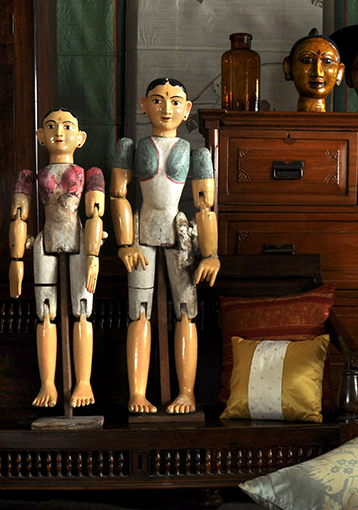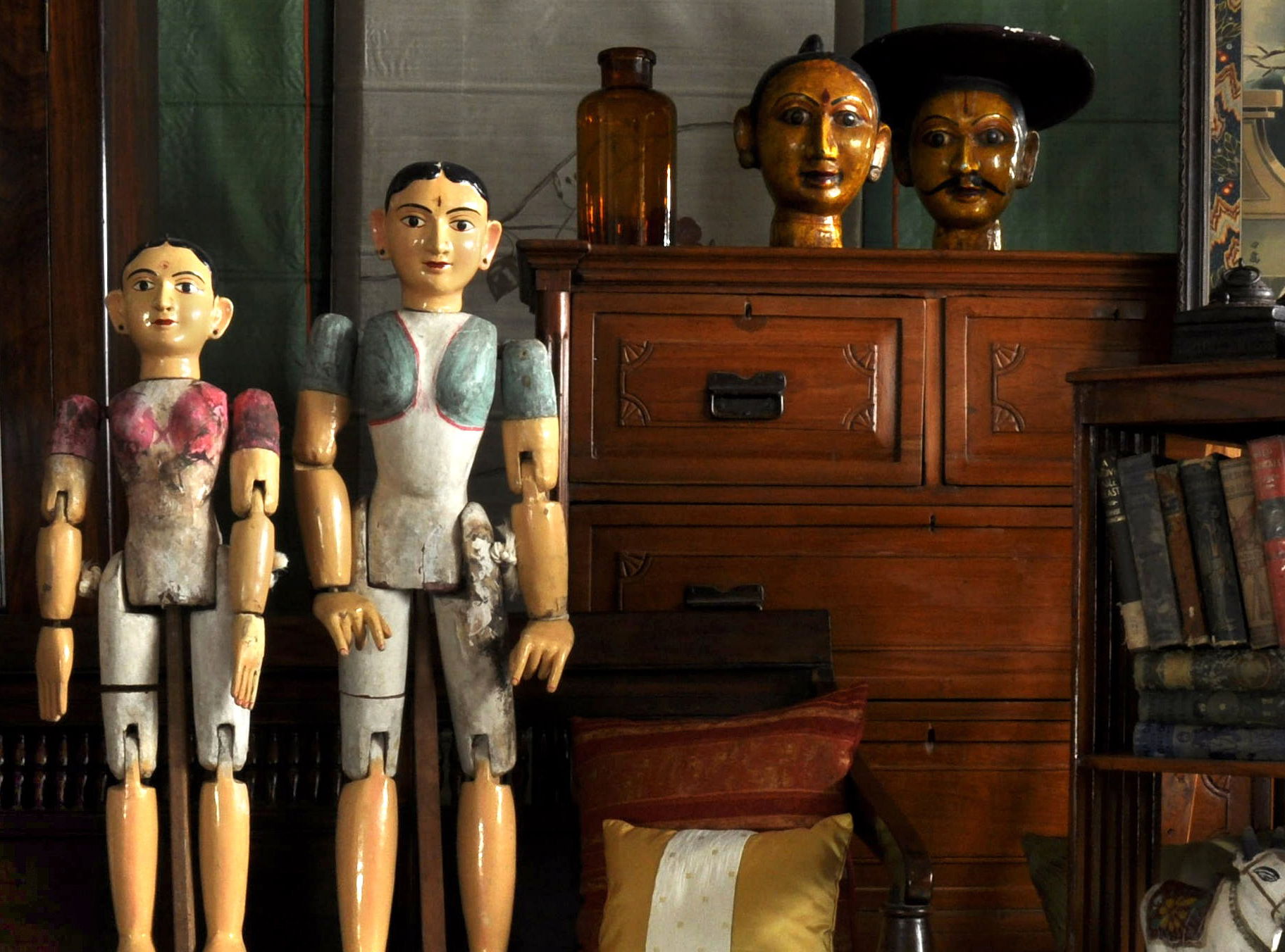- Home
- Bansi Nad
Loading...
Bansi Nad
by Vasudeo PandyaAll orders are insured for transit.
This item cannot be shipped outside India.
All orders are insured for transit.
This item cannot be shipped outside India.
Details
| Year: | 1928 |
| Medium: | Oleograph |
| Size: | 16.5 x 21.5 inches (Framed) |
Description
This oleograph of Venugopala called “Bansi Nad”, by the artist Vasudeo H. Pandya was printed in Germany in 1928. "Bansi Nad" translates to "flute melody" in Hindi, where "bansi" means flute and "nad" signifies sound or melody. The title refers to the beautiful music played on a flute, associated with Lord Krishna who is depicted in the centre of the oleograph. Krishna is the god of compassion, tenderness, and love; and is one of the most popular and widely revered among Indian divinities. The image refers to when Krishna was a young man out grazing his cows and enchanted the cowherd maidens (Gopis) with the divine sound of his flute, attracting even Kamadeva (the Hindu god of love and passion). Surrounding Krishna in the oleograph are beautiful gopis drawn to his flute playing, and even swans, white doves and a monkey seem to be enchanted by Krishna’s music.
Vasudeo H. Pandya (1896-1970) was an Indian painter from Gujarat. He initially worked as a document copier in Bombay in a European firm, but became fascinated by the oleograph labels the goods came wrapped in and began to paint emulating their style. He would later travel to Germany and have his works printed as oleographs, as Ravi Varma was doing at the time.
The oleograph is dated in the left hand corner under the signature.
-
Description
Read MoreThis oleograph of Venugopala called “Bansi Nad”, by the artist Vasudeo H. Pandya was printed in Germany in 1928. "Bansi Nad" translates to "flute melody" in Hindi, where "bansi" means flute and "nad" signifies sound or melody. The title refers to the beautiful music played on a flute, associated with Lord Krishna who is depicted in the centre of the oleograph. Krishna is the god of compassion, tenderness, and love; and is one of the most popular and widely revered among Indian divinities. The image refers to when Krishna was a young man out grazing his cows and enchanted the cowherd maidens (Gopis) with the divine sound of his flute, attracting even Kamadeva (the Hindu god of love and passion). Surrounding Krishna in the oleograph are beautiful gopis drawn to his flute playing, and even swans, white doves and a monkey seem to be enchanted by Krishna’s music.
Vasudeo H. Pandya (1896-1970) was an Indian painter from Gujarat. He initially worked as a document copier in Bombay in a European firm, but became fascinated by the oleograph labels the goods came wrapped in and began to paint emulating their style. He would later travel to Germany and have his works printed as oleographs, as Ravi Varma was doing at the time.
The oleograph is dated in the left hand corner under the signature. -
ABOUT Oleographs
Read MoreOleographs, also called chromolithographs, are multi-colour art prints, stemming from the process of lithography. Pioneered in the 1830s, the process of producing oleographs came into wide commercial use in the 1860s. The technique relied on using several woodblocks or stones with colours for printing, while hand-colouring remained an important aspect as well. Depending on the number of colours present, an oleograph could take months to produce by very skilled workers. Poor preservation and cheaper printing alternatives have made oleographs hard to find. Today, they are mainly used as fine art.
-
Details
Year: 1928 Medium: Oleograph Size: 16.5 x 21.5 inches (Framed) -
Returns
We accept returns within 7 days of delivery if the item reaches you in damaged condition. -
Shipping
Shipping costs are extra, and will be calculated based on the shipping address.All orders are insured for transit.
This item cannot be shipped outside India.
This item has been added to your shopping cart.
You can continue browsing
or proceed to checkout and pay for your purchase.
This item has been added to your
shopping cart.
You can continue browsing
or proceed to checkout and pay for
your purchase.
This item has been added to your wish list.
You can continue browsing or visit your Wish List page.
Are you sure you want to delete this item from your Wish List?
Are you sure you want to delete this
item from your Wish List?


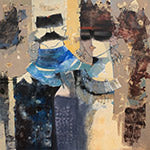
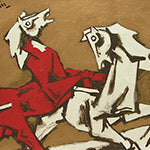
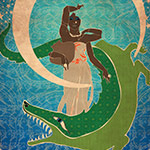
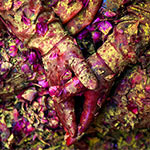
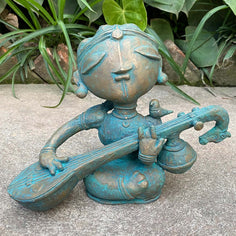
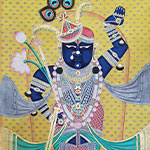
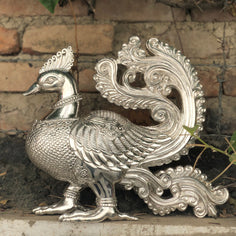




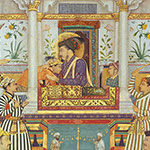
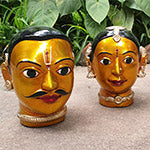

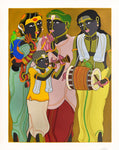

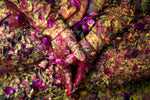

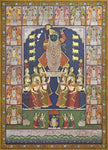
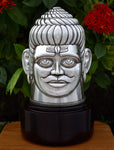



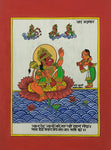
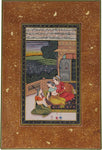
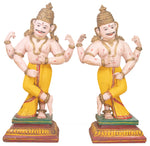
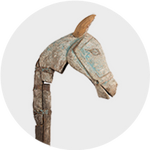
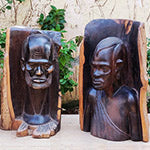
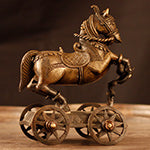
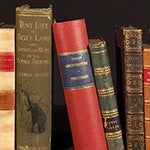
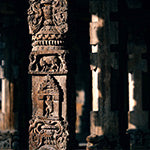
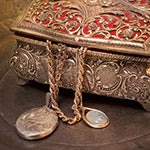
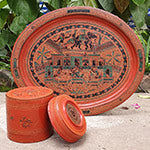
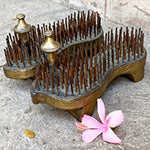
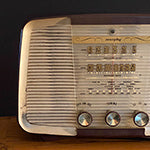
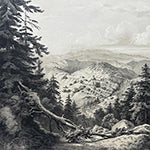

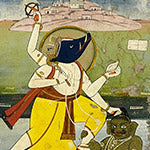
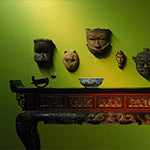
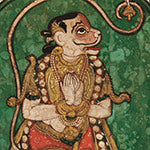
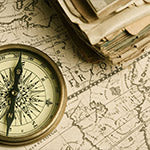
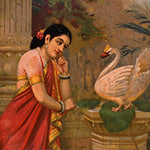

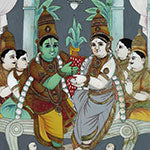
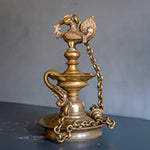
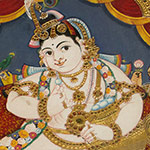
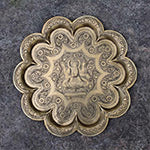
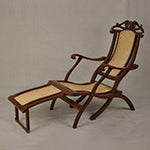
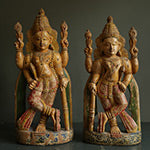


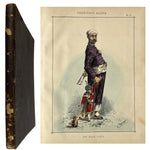

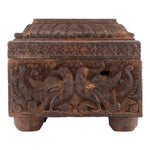
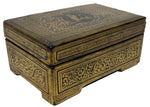
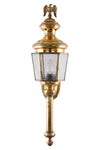

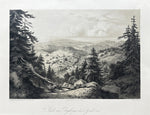


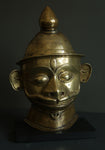
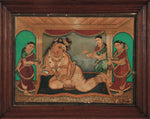
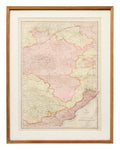
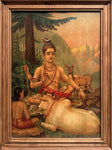

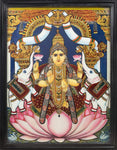

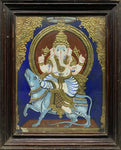
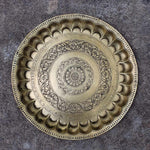
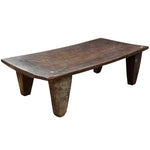
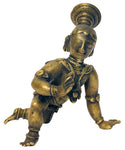


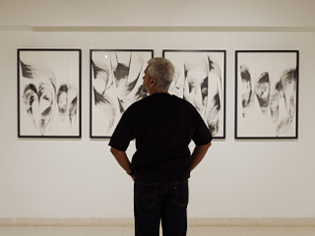
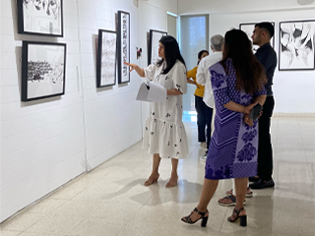






 View Full Screen
View Full Screen

